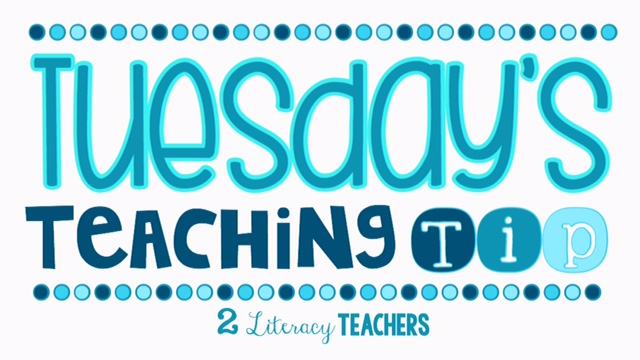
Would you teach more vocabulary if you had some fun and easy ideas to use? We all know that vocabulary is so important for our students’ success. After all, the students with the largest vocabulary are the ones who comprehend and learn much more. They are also the ones who have the most success in school and life. But teaching vocabulary can sometimes go by the wayside. In this blogpost series, we hope to share some easy ideas for teaching vocabulary. Last time, (here), we shared an easy 4-Step method for teaching vocabulary through your readaloud. Pat Cunningham first shared this idea in her book, What Really Matters in Vocabulary: Research-Based Practices Across the Curriculum.

In this post, we’d like to share another of her great ideas, and an alternate version. Pat Cunningham talks about how she used to teach the vocabulary for everything in her classroom…..even hinges!!! Then she would put up word cards to label things. You have probably seen primary classrooms with labels all over the room, too. Maybe you even have these in your room. They are fantastic for your ELL students for learning the words, and of course they help all students to spell the words correctly. But…do you actually teach the words or do you just label things? That is the key…you have to actually teach the words. But, you say, hinges?? Really?? Well, think about it. Every year my fourth grade groups read a mystery that says something like….”The hinges creaked loudly as she tried to sneak in the room.” That’s a pretty common thing in intermediate mystery stories, and even in primary picture books….”The hinges on the treasure chest were stuck!” Just think, if you don’t know what a hinge is, you’re left guessing when it comes to understanding that sentence. And the experts in teaching vocabulary tell us that we should use realia as much as possible. What better realia than that in your classroom. So, should primary be the only grades doing this? Nope! Everyone needs vocabulary.
How does she actually teach these words? She names it for them, then has them say the word and describe it or use it in a sentence, to a partner. She explains that actually using the word orally, is what helps it to really stick. Easy right?

Another thing that Pat Cunningham did, was to take her kids to other places in the school to teach vocabulary. She called these Naming Walks. She taught all of the vocabulary of the library, the office, the lunch room, the playground….everywhere. (Great example….we have squirrels scampering in and around the trees by our playground. So many children’s books include squirrels…think Scaredy Squirrel. ELL students and younger students often don’t know exactly what a squirrel is. That’s realia right there, I tell you! ) Just think, if you did this, your students would easily be on their way to learning the 1000 – 3000 new words that experts say students need to learn each year! Bonus…this method helps it really stick in the students’ brains, too.

How about an alternate version? You can do the same thing and call it a Vocabulary Hunt. Just give the students this freebie and a clipboard or hard surface to write on, and have them record “new to them” words on the sheet. They can find new words in the books they read or anywhere! It’s also a fantastic thing to have kids do when they go on a field trip. Just think what they could learn at the zoo or science museum! “Kids…how many new words can you learn that you didn’t know before?” Give them that challenge and it now becomes a fun and easy game, that is great for both primary AND intermediate students! Then do a share out with the class, so each student gets a chance to share their new, cool words with a partner. Then some of them can share out with the whole class. Each time they share, they are using those words another time, which really helps to cement it in their brains!
So there you go! A couple of fun, easy and super effective ways for teaching vocabulary. Why not give them a try?
Happy Teaching!

